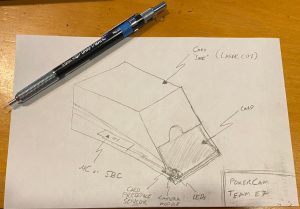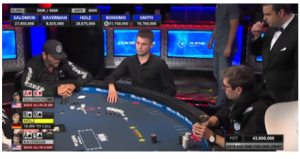We decided this week that the Jetson Nano was the platform that we wanted to pursue. Mainly because of the CUDA cores and MIPI camera interface.
Speaking of cameras, Jeremy and I began looking at camera modules this week. There’s actually a surprising amount of them supported by Nvidia. I’ve been scouting around around on some forums to get a feel for what the common choices are for projects similar to ours. Two that i’ve had my eye on are the OV7251 and the OV9281.
https://www.uctronics.com/arducam-ov7251-mipi-camera-module-0-3mp-monochrome-global-shutter-camera-jetson-nano.html
https://www.uctronics.com/arducam-ov9281-mipi-camera-module-1mp-global-shutter-mono-camera-130-jetson-nano.html
The 7251 is a 0.3MP camera which is usable up to 360fps@160 x 120. The 9281 is a 1MP camera which has a whopping 1280 x 800@120 fps. Currently looking into whether the 9281 supports higher framerates and also whether the additional resolution is necessary (160×120 up close shouldn’t be an issue, but would rather be safe than sorry).
Both modules are pretty cheap so we likely will get both to test and see which works better for our project. Jeremy was also looking at modules with interchangeable lens systems. However, i think the focal length on the default lens for all these cameras should work.




